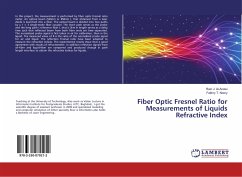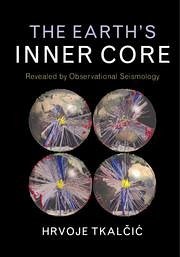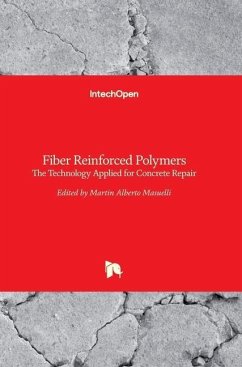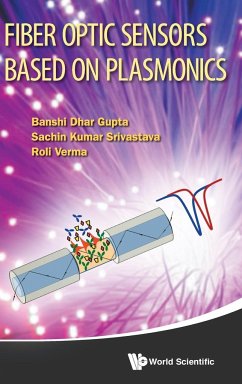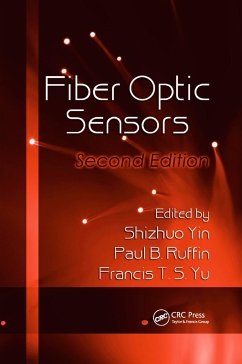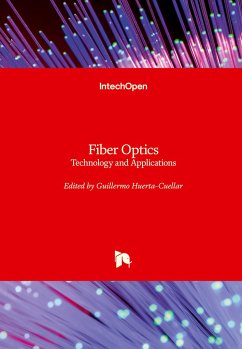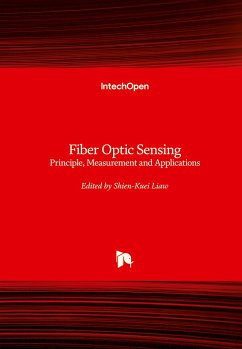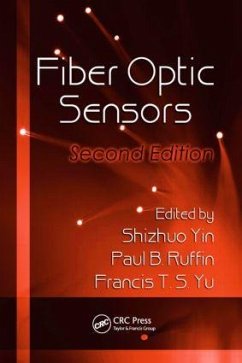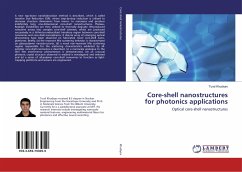
Core-shell nanostructures for photonics applications
Optical core-shell nanostructures
Versandkostenfrei!
Versandfertig in 6-10 Tagen
51,99 €
inkl. MwSt.

PAYBACK Punkte
26 °P sammeln!
A new top-down nanofabrication method is described, which is called Iterative Size Reduction (ISR), where step-by-step reduction is utilized to decrease structure dimensions from macro- to nanosizes and produce indefinitely long one-dimensional core-shell nanostructures. Plateau-Rayleigh instabilities are then utilized to thermally degrade ISR-produced nanowire arrays into complex core-shell schemes, which are produced successively in a hitherto-undescribed transitory region between core-shell nanowires and core-shell nanospheres. A diverse array of emerging optical phenomena have been observe...
A new top-down nanofabrication method is described, which is called Iterative Size Reduction (ISR), where step-by-step reduction is utilized to decrease structure dimensions from macro- to nanosizes and produce indefinitely long one-dimensional core-shell nanostructures. Plateau-Rayleigh instabilities are then utilized to thermally degrade ISR-produced nanowire arrays into complex core-shell schemes, which are produced successively in a hitherto-undescribed transitory region between core-shell nanowires and core-shell nanospheres. A diverse array of emerging optical phenomena have been observed on fabricated novel core-shell nano-platforms. Briefly, (a) the resonant Mie scattering behavior is characterized on glass-polymer nanostructures, (b) a novel non-resonant Mie scattering regime responsible for the scattering characteristics exhibited by all-polymer core-shell nanowires is described, (c) a nanoscale analogue to the thin film interference phenomenon is demonstrated, (d) an unusual photonic crystal structure observed in mallard is investigated and imitated and (e) a series of all-polymer core-shell nanowires to function as light-trapping platforms and sensors are engineered.



